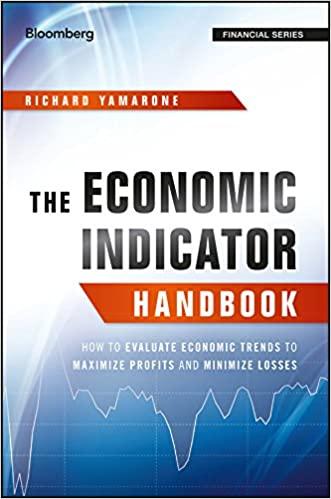4. Bond valuationt The arbcess of bond valuesion is based on the fundamental concept thac the currenk price of a securty can be determined by caiculating the present value of the cash nows that the security wal generate in the future. There is a consistent and predictable relationship betineen a bond's coupon rate, its par value, a bonaholder's required return, and the bond's resulting intrinsic value. Trading at a discount, frading at a premum, and trading at par fefer to partxular relabonships between a bonds intrinsic value and its par value. This also rewuits from the relationship between a bond's coupon rate and a bondholder's required rate of return. Remembec, a band's coupon rate partially determines the interest based return that a bond Day, and a bondholder's required return reflects the return thist a bondholder to receve from a given investrment. The mathemstics of bond valuation imply a predictable relationship between the bond's coupon rate, the bondholder's required refurn, the bond's par value, and is intrinsic value. These relationships can be summarized as follows: - When the bond's coupon rate is equal to the bondholder's required retum, the bond's intrinsic value will equal its psr valua, and the bond will trade at par, - When the bonds coupon rate is grester than the bondholder's required retum, the bonds intrnsic value will its par value, and the bond will trade at a premium. - When the bonds coupon rate is less than the bonoholder's required return, the bend's intrinsic value will be less than its par value, and the bond mill trade at: For example, assume Noah wants to earn a return of 15.75% and is offered the opportunity to purchase a 51,000 par value bond that pors a 13.50% coupenirate (distributed semannually) with three ysars remaining to maturity. The following formula can be used to compute the bonds intringic yalue: Complete the following table by identifying the oppropriate corresponding variables used in the equation. Based on this equation and the data; it is to enpect that Noah's potential bond investment is currently exhibiting an intrinsic value greater than $1,000. Now, consider the situation in which Noah wants to earn a return of 11.50%, but the bond being considered for purchase offers a coupon rate of 13.50%. Again, assume that the bond pays semiannusl interest poyrnents and has three vears to maturity. If you round the bond's intrinsic value to the nearest whole dollac, then its intrinsit value of (rounded to the nearest whole dollar) is its par value, so that the bond is Geven your computation and condusions, which of the following statements is true? A bond should trode at a par when the coupon rate is greater than Noah's required return. When the coupon rate is greater than Noah's required return, the bond should vade at a premium. When the coupon rate is greater than Noah's required return, the bond should trade at a discount. When the covpon rate is greater than Noah's required return, the bond's intrinsic value wil be less than its par value









